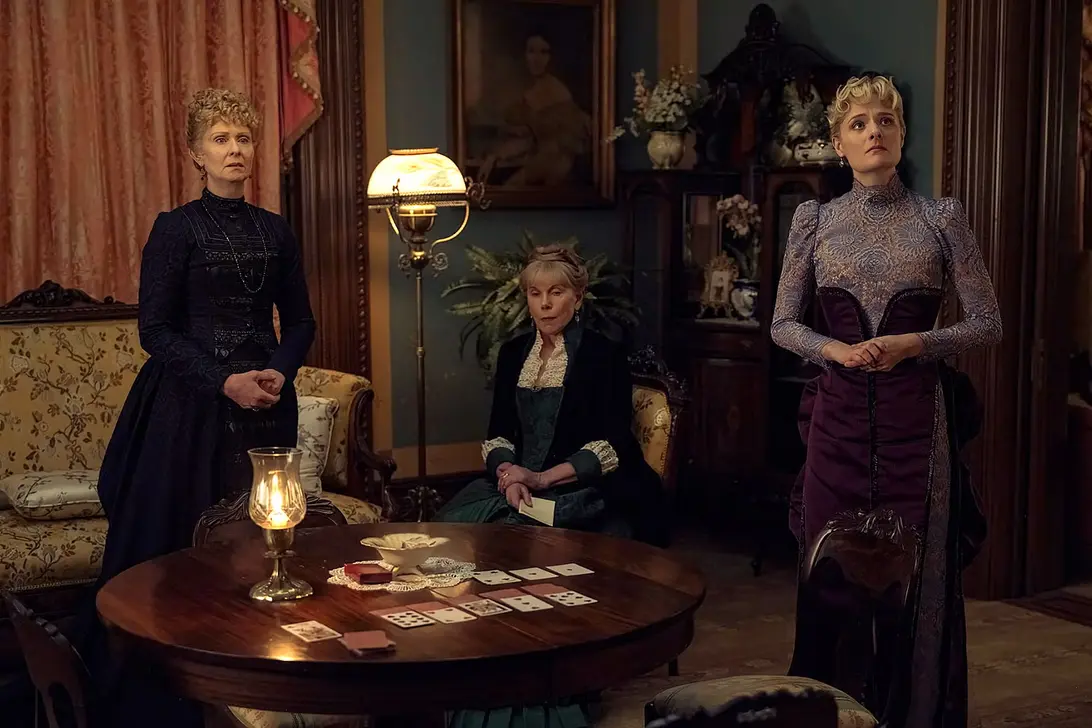T4K3.news
Gilded Age finds its stride
Season 3 pivots to high-stakes social drama as Bertha pushes Gladys into a marriage of convenience, redefining the show’s conflict and momentum.
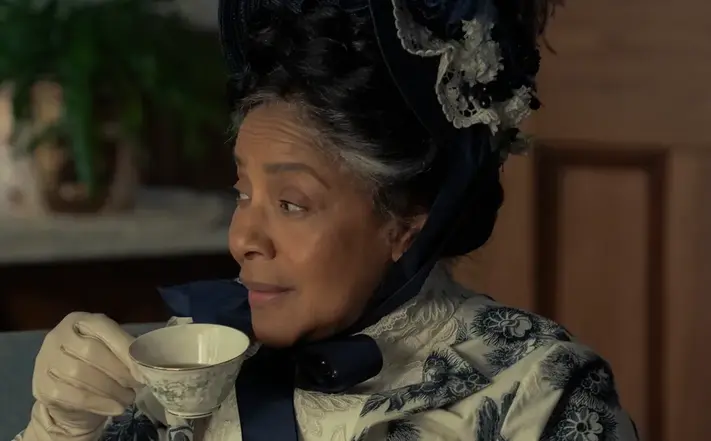
Season three pivots to high-stakes power plays and sharp social critique, elevating the drama beyond romance.
Gilded Age Finds Its Stride
In Episode 4, Bertha Russell forces her daughter Gladys to marry the Duke of Buckingham, a calculated match that echoes the era’s dollars-for-dignity dynamic and sets a new emotional stake for the season. The moment crystallizes the show’s turn toward power as a plot driver, where marriage becomes a tool of influence rather than a mere romantic milestone.
Viewers have responded with a clear uptick in engagement. Four consecutive weeks of rising viewership and a renewal for a fourth season signal that The Gilded Age is finally delivering the momentum fans hoped for. The season also widens its lens: old money versus new wealth remains at the center of the conflict, while female characters gain agency even as they navigate strict social rules. Subplots around loyalty, love, and loss deepen the emotional stakes, making the gilded world feel more complicated and more human.
Key Takeaways
"What a triumph for Mrs. Russell. Strange, really, when you think that three years none of us ever heard of her."
A line during a key scene illustrating gatekeeping and public perception
"Remember, Billy is who she says she actually loves."
Comment on Gladys true feelings and love triangle
"Maybe the show is finally going to delve into some of the eerily relevant similarities between the Gilded Age and today"
Editorial observation on modern parallels
"I can’t wait to see the way the women in the show, especially Bertha and her daughter, navigate the end of the 19th century when their agency was so restricted."
Author’s expectation about future seasons
The season’s pivot to marriage as power makes the show feel more purposeful. By letting Bertha, Gladys, and their contemporaries wrestle with real consequences, the drama moves from pretty set pieces to high-stakes social negotiation. It also foregrounds female resilience in a time when autonomy was fragile, creating a mirror for today’s conversations about power and gender.
But the shift carries risk. If the series leans too hard on spectacle without steady character growth, fans may tire of the same social skirmishes repackaged as drama. The parallel drawn between fin-de-siècle society and modern power structures is compelling, yet it requires careful handling to avoid feeling retrospective or sensational. The coming seasons will reveal whether the show can sustain depth as the drama grows in scale.
Highlights
- Money meets motive and the mask finally drops.
- A dollar princess is not just a label, it’s a lever.
- Love becomes leverage in a world built on cash and titles.
- I can’t wait to see the way the women in the show navigate the end of the 19th century when their agency was so restricted.
Public reaction risk around marriage plots and class themes
The episode centers on a forced marriage that reflects social power dynamics. This narrative choice could draw backlash from viewers who favor romance or who see the portrayal of divorce and old money as controversial. The renewed attention to gender and class also invites scrutiny of how historical issues are handled.
The gilded world will be tested as the season advances, and viewers will decide if scale or heart keeps this drama meaningful.
Enjoyed this? Let your friends know!
Related News
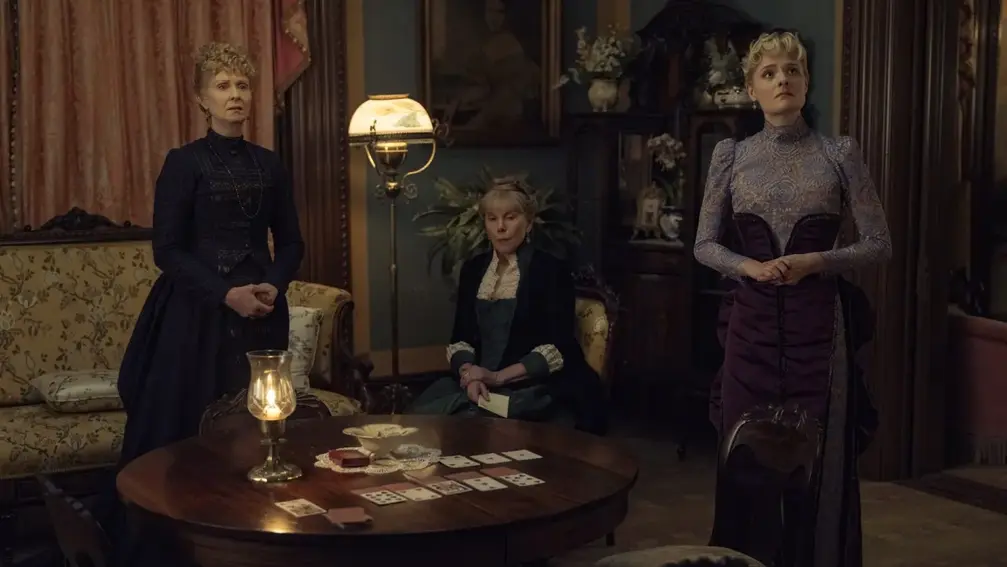
The Gilded Age concludes with dramatic twists

Morgan Spector discusses shocking developments in The Gilded Age

Upcoming finale of The Gilded Age promises more shocks
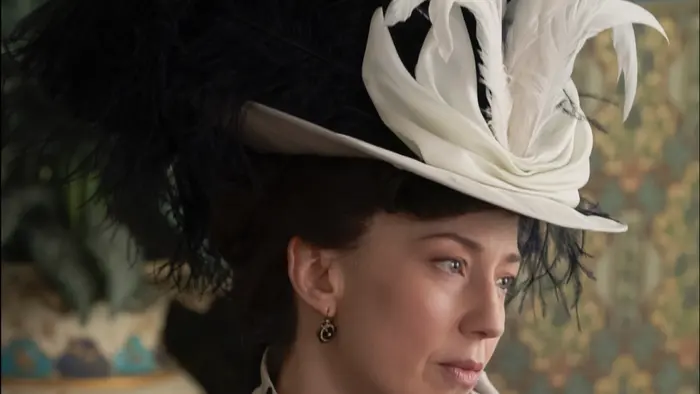
Bertha Russell reshapes high society at Newport
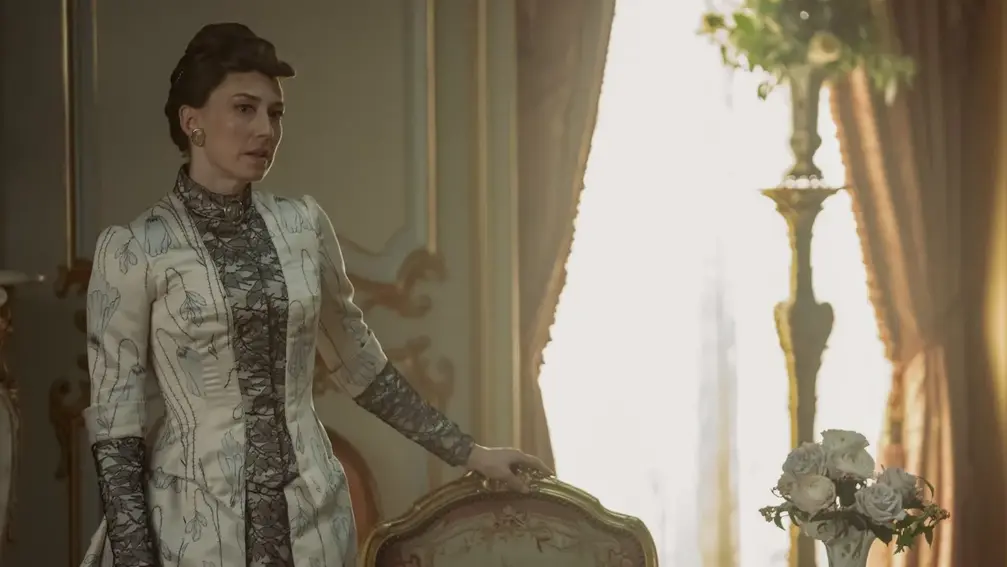
Bertha faces a new test of power
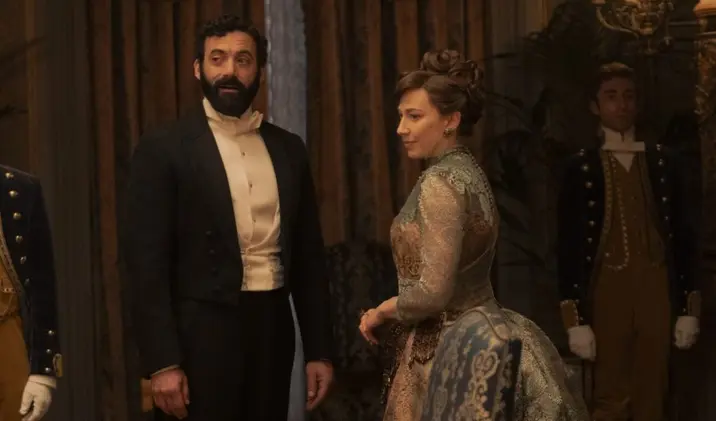
The Gilded Age gets Season 4 renewal

Gilded Age finale sets up Season 4
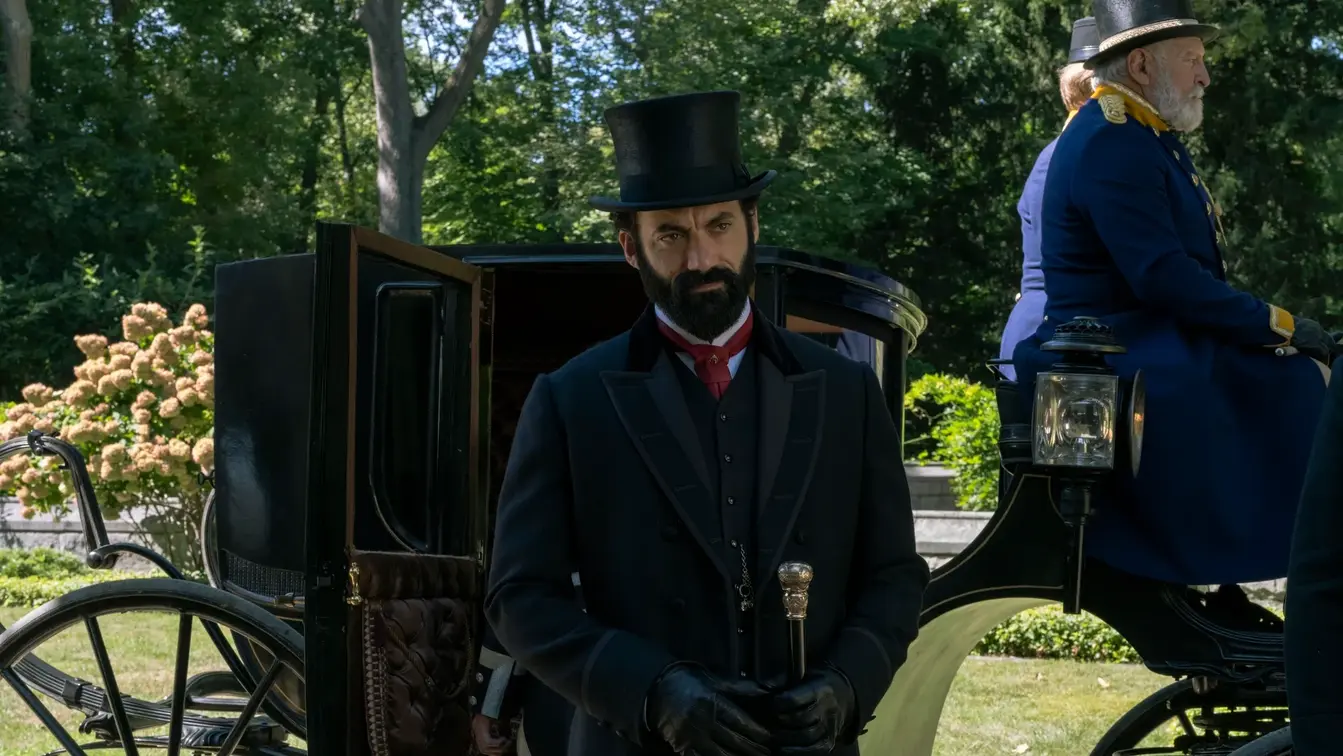
Gilded Age finale reshapes Season 4 ambitions
